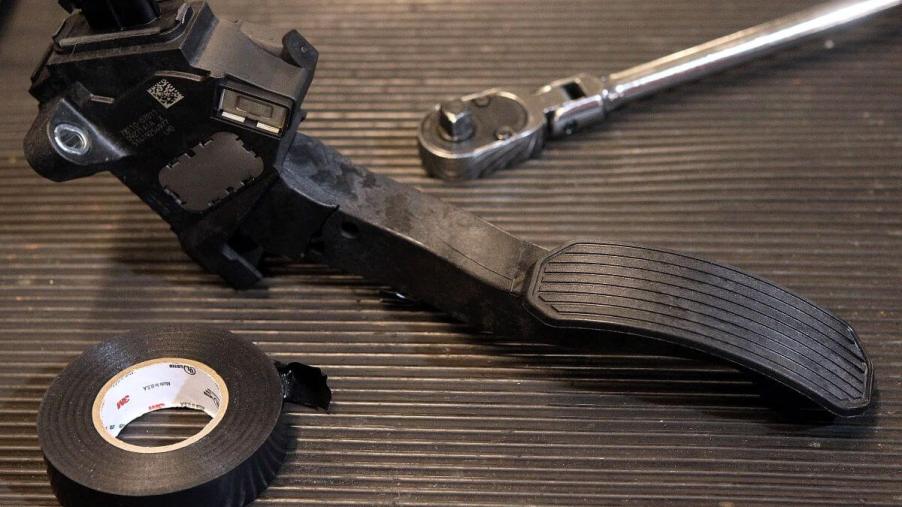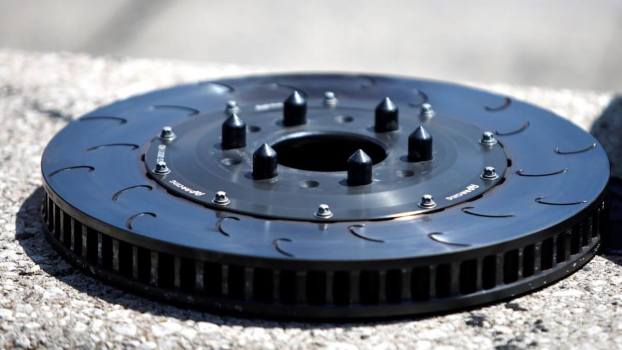
6 Factors That Reduce Brake System Effectiveness and Performance
We trust our car’s brakes to stop our vehicle at a moment’s notice every time we hit the brake pedal. Additionally, many newer cars will automatically activate the braking system if you don’t react fast enough. However, did you know that your driving style or maintenance habits could reduce the effectiveness of your brakes or cause them to fail when you need them most? Here are six bad habits you might want to avoid to prolong the life of your brakes.
1. Aggressive driving and braking
Aggressive driving and braking occur when tailgating the vehicle in front of you or driving your car like a racecar. MotorTrend says that heat generated from aggressive or prolonged brake application causes brake fade. So, do your brakes a favor, slow down a little, and save the aggressive driving for the track.
2. Driving at high speeds
While driving at high speeds doesn’t abuse the brake system in your car, Heart Certified Auto Care agrees that it’s a factor in premature brake wear. Going fast isn’t the problem; it’s slowing down for stop lights, slower traffic, and emergencies that cause problems. Applying the brakes when traveling at a high rate of speed generates more heat and causes more wear than stopping at slower speeds.
3. ‘Two-pedaling’
RideTime points out that “two-pedaling,” or using one foot on the accelerator and the other for braking, is something Driver’s Education instructors frown upon. This habit leads to brake application while still accelerating, which does little to reduce speed. However, it increases brake wear and annoys the people behind you.
4. Driving with excessive cargo
Driving with excessive cargo, whether a payload inside a vehicle or towing a trailer, also shortens the life of your braking system. Bendix says that braking a heavily loaded vehicle can also lead to brake fade due to excess heat generation. This condition often presents itself while negotiating a steep downhill grade and is one of the reasons for “Runaway Truck Ramps” along mountain highways.
5. Poor manual transmission shifting technique
Driver’s Edge says another cause for premature brake wear in cars with manual transmissions is poor shifting technique when stopping. Automatic transmissions downshift to lower gears and use engine braking to help slow the vehicle as it’s coming to a stop. Drivers of manual transmission cars should do the same and, in most cases, only use their brakes sparingly until it’s time to come to a complete stop.
6. Ignoring routine maintenance
Many people seldom think about routine brake system maintenance. That’s an unfortunate trend since, other than following the driving tips above, Gator Tire says regular maintenance is the best way to ensure the longevity and continued performance of your car’s braking system.
Most cars have a brake system maintenance schedule in the vehicle owner’s manual. However, the following generic plan will suffice in its absence:
- Inspect brake pads and rotors every 12,000 miles.
- Perform brake fluid flushes every 25,000 miles.
- Bleed air from your brake lines with each brake fluid flush or every two to three years otherwise.
- Replace worn or broken brake system components with OEM or upgraded parts whenever possible.
While these six tips will help prolong the life of your car’s braking system and improve its performance in some cases, it’s important to remember that all things mechanical wear out over time. In addition to careful driving and regular brake maintenance, you should pay attention to warning signs like strange noises and vibrations when applying the brake pedal or decreased brake performance. If these symptoms occur, you should have your brakes checked as soon as possible and replaced if needed.




